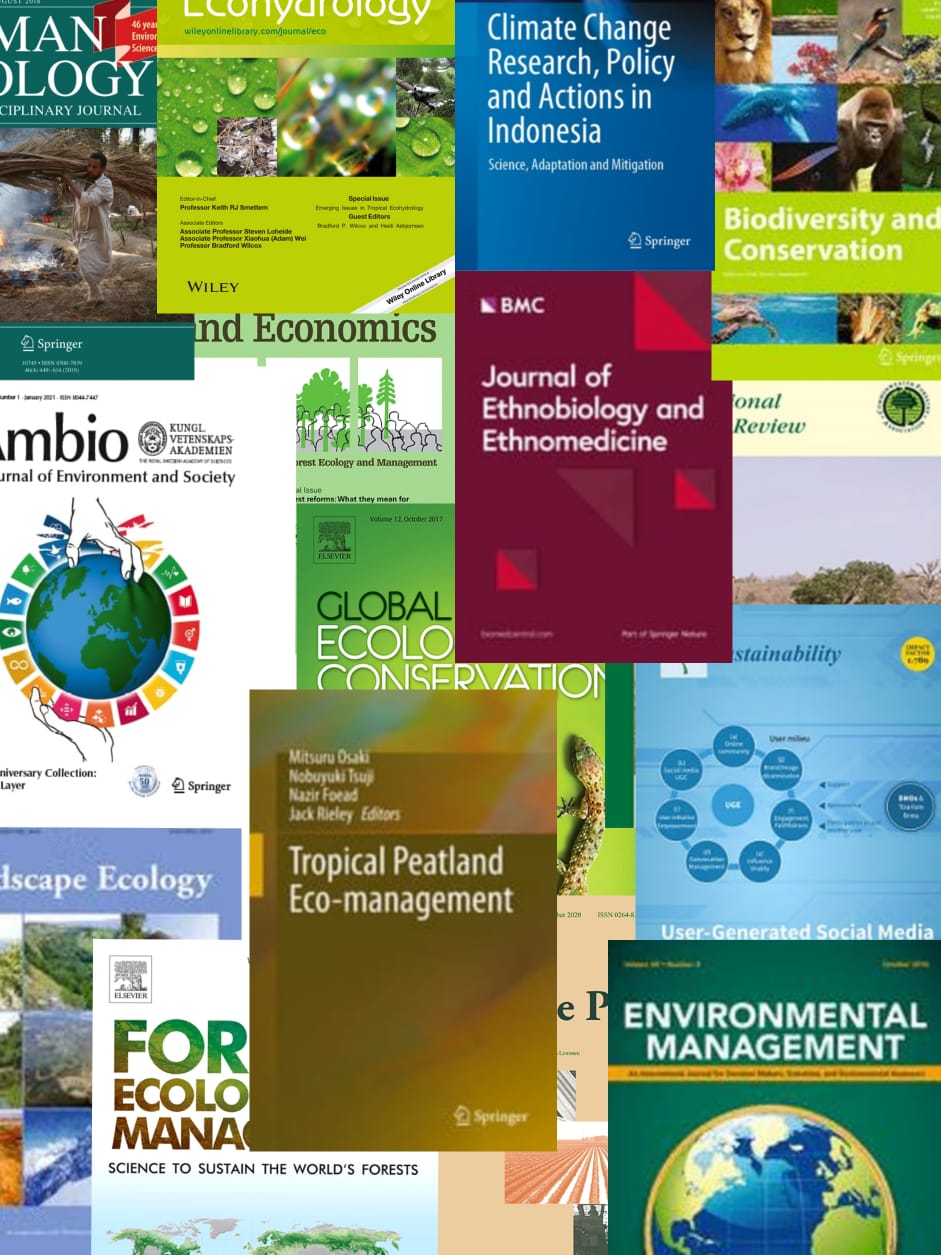Ethnopedological field surveys were carried out in Sipisang Village, at the middle stream of Anai River watershed, West Sumatra, Indonesia. The villagers recognized relief as an important factor for soil formation and soil fertility. The people judged that soil fertility of lower places was higher than that of upper and slope areas. In their indigenous knowledge and techniques, appropriate use of slash and burn agriculture in the forest and upland are helpful. These activities integrate ordinary soil erosion in forest and upland to lowland sawah, where the eroded soils are sedimented. Because of the positive evaluation of ordinary soil erosion, their indigenous knowledge and technology are not the same as those of Western scientific considerations. This sawah-based traditional system has, however, been sustained for a long time in the region. Soils under primary forest were high in organic carbon, quite low in base status and high in acidity. Soils under secondary forests and slash and burn cultivation showed rather higher fertility than those of the primary forests. The central part of the village, kebun, upland agricultural field, showed poor soil structure, high content of exchangeable cations and extractable elements. The sawahs, irrigated lowland rice fields with high base status and available phosphorus, were the most fertile in the Sipisang area. Perhaps, long-term careful management of soils of sawahs and kebuns by the Sipisang people and geological fertilization from upland to lowland contributed to the higher soil fertility. These results confirmed the knowledge of indigenous soil management for the positive evaluation of ordinary soil erosion in watersheds. The beautiful landscape of watersheds in Sipisang Village, including primary and secondary forests, slash and burn agriculture, kebun and lowland sawahs, was also conserved as a result of human activities based on the indigenous knowledge and techniques of soil management described in this paper.
Keyword(s)
eroded soils, erosion, forests, landscape, rice, secondary forests, shifting cultivation, soil fertility, soil formation, soil management, soil organic matter, soil structure, soil types, upland areas, watersheds, Indonesia, Oryza, Oryza sativa, Poaceae, Cyperales, monocotyledons, angiosperms, Spermatophyta, plants, eukaryotes, APEC countries, ASEAN Countries, Developing Countries, South East Asia, Asia, bush fallowing, catchment areas, eroded sites, organic matter in soil, paddy, slash and burn, soil genesis, swidden agriculture, Field Crops (FF005) (New March 2000), Soil Chemistry and Mineralogy (JJ200), Soil Physics (JJ300), Soil Morphology, Formation and Classification (JJ400), Soil Fertility (JJ600), Soil Management (JJ900), Forests and Forest Trees (Biology and Ecology) (KK100), Erosion, Soil and Water Conservation (PP400)

